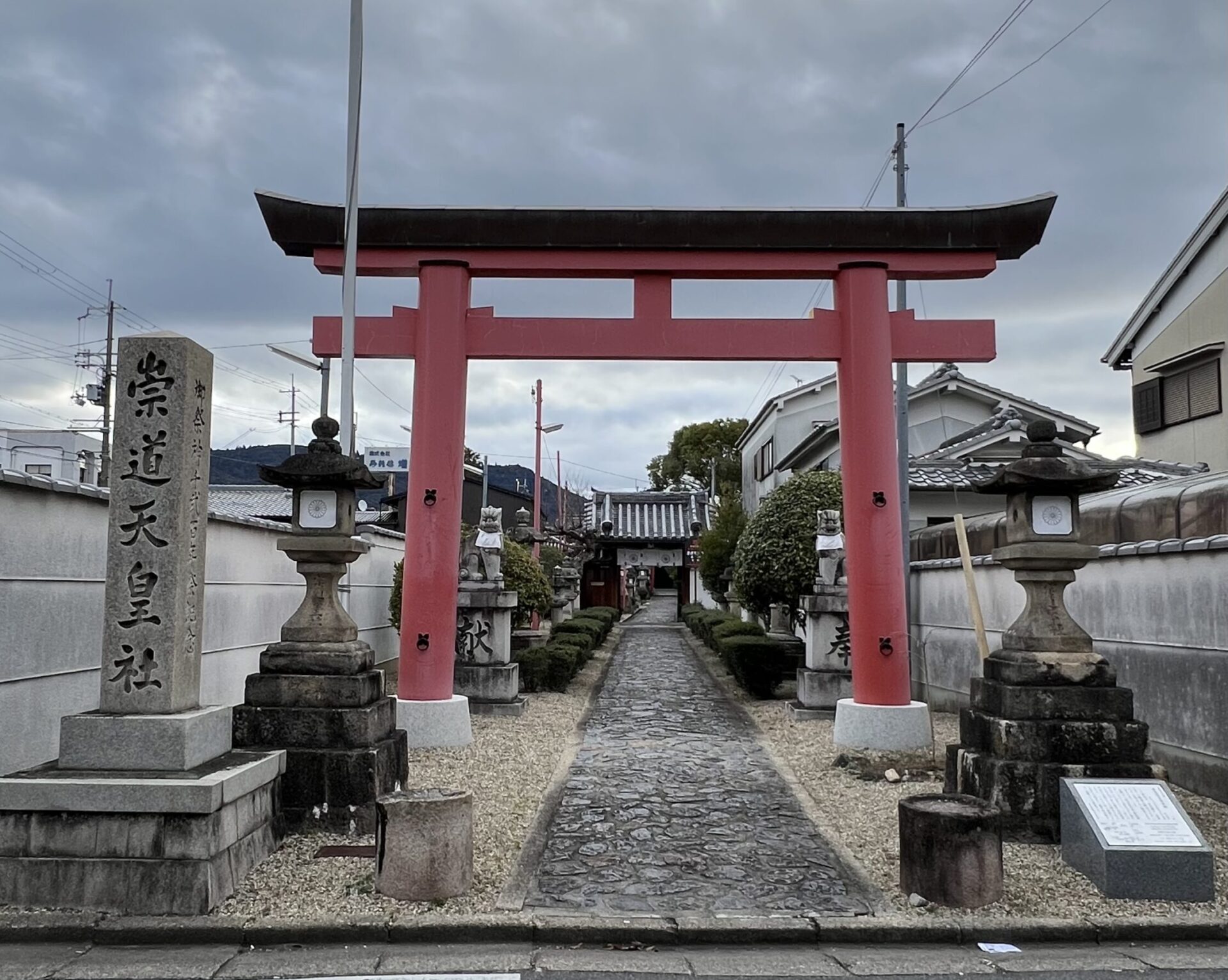Once Again, Onryo – a Vengeful Spirit
Have you heard of Prince Sawara (750?–785), who is enshrined at the Sudo Tenno Shrine? Prince Sawara lived during the late Nara period (late 8th century) and was the younger brother of Emperor Kanmu, who is known for moving the capital to Heian-kyo in Kyoto. The name “Sudo Tenno” was given to Prince Sawara after his death, and he is enshrined in this shrine as a vengeful spirit. In other words, people in later generations believed that Prince Sawara was wrongfully killed and built this shrine to honor his spirit.
For some reason, I find myself deeply drawn to Prince Sawara. He was betrayed by his own brother, Emperor Kanmu, due to a false accusation of being involved in the murder of one of the emperor’s close aides, and this led to his death. The more I learn about his life, the more I reflect on his deep sense of injustice.
The first time I visited the Sudo Tenno Shrine was on a cold day in February, and the sky was gloomy. It’s a grand shrine, and I saw several people visiting early in the morning for a walk and to offer their prayers. It seems to be a shrine cherished by the local people.
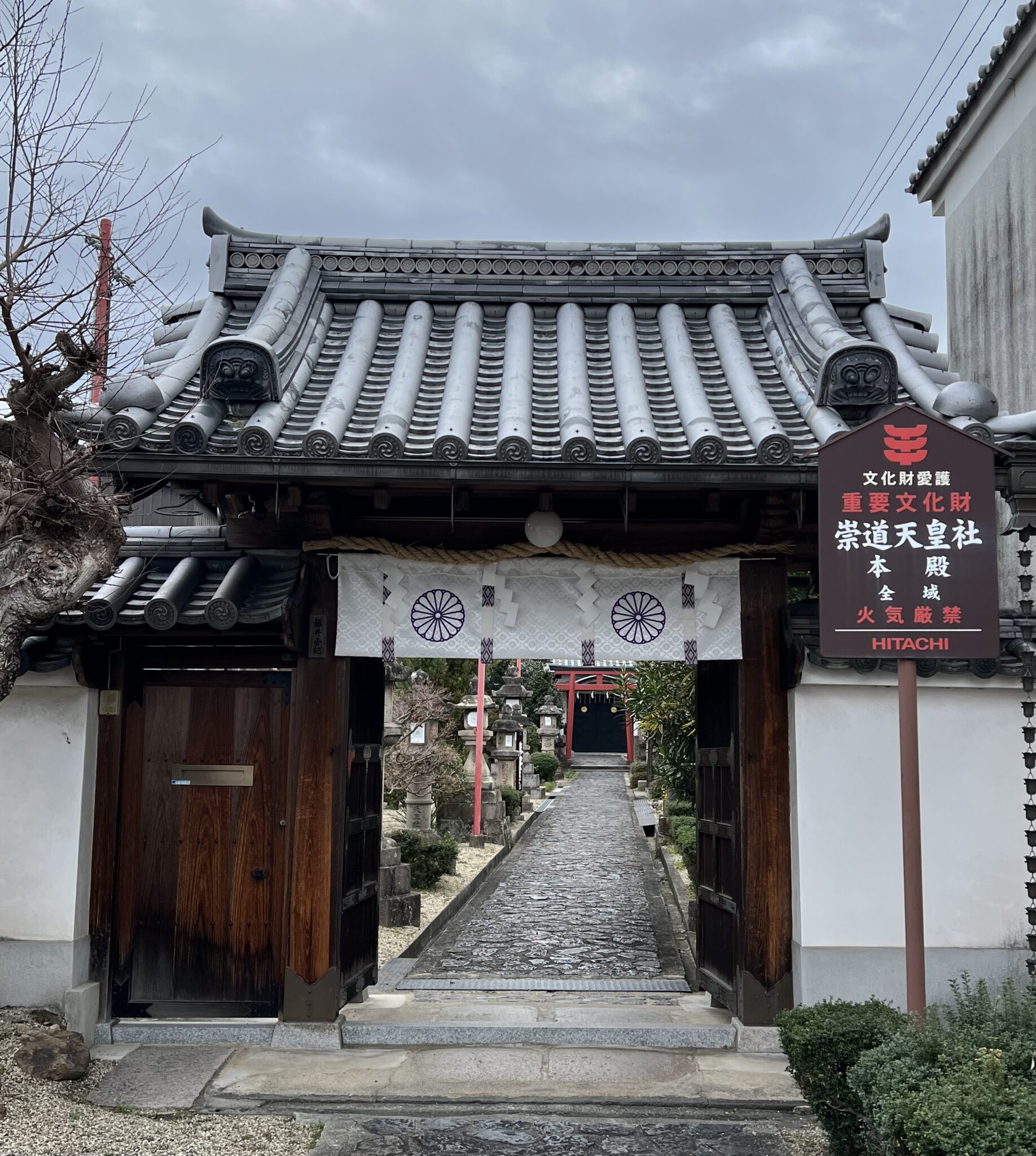
Life of Prince Sawara
Prince Sawara was the son of Emperor Kōnin and the younger brother of Prince Yamabe, who would later become Emperor Kanmu. However, their father, Emperor Kōnin, became emperor quite unexpectedly due to the direct lineage of Emperor Tenmu coming to an end. Until then, Prince Shirakabe (Emperor Kōnin) had never imagined becoming emperor. To ensure that Prince Sawara could live independently in the future, Prince Shirakabe (Sawara’s father) had placed him in the Buddhist priesthood from a young age. Prince Sawara lived at Kensaku-in at Tōdai-ji, where he became a monk at the age of 11, received full ordination at 21, and moved to the eastern precinct of Daian-ji, where he became a highly promising priest.
However, in a sudden turn of events, his father became emperor, and later, when his brother Prince Yamabe ascended to the throne, Prince Sawara was forced to return to secular life at the age of 32 to serve as Crown Prince. For Prince Sawara, who had built his life as a monk, this return to secular life was likely against his wishes. It is imagined that he reluctantly agreed to return to secular life out of a sense of duty to support his brother, Emperor Kanmu. The serious and dutiful Prince Sawara then worked to support his brother while using his experience as a monk. However, he was accused of involvement in the assassination of Fujiwara no Tanetsugu, Emperor Kanmu’s righthand man, and was exiled to Awaji Island, where he died en route. It is believed that he died from refusing food and drink as a protest of his innocence, but the exact cause is unknown.
Two reasons are thought to be behind the incident. One is the conflict between Crown Prince Sawara, who had gained influence through the backing of Nara’s great temples, and Tanetsugu, who supported Prince Ate, the son of Emperor Kanmu and his Fujiwara mother, as the heir. The second is the disagreement over the relocation of the capital to Nagaoka-kyō, which Tanetsugu advocated. For Prince Sawara, who had deep ties to the temples and shrines of Nara, Emperor Kanmu’s sudden decision to relocate the capital to Nagaoka must have been a painful dilemma.
The life chosen for him by his father, Emperor Kōnin, to avoid political struggles — life as a monk — was repeatedly disrupted by political conflicts beyond his control, and in the end, he lost his life due to false accusations. This tragic outcome likely moved many to tears in later generations.
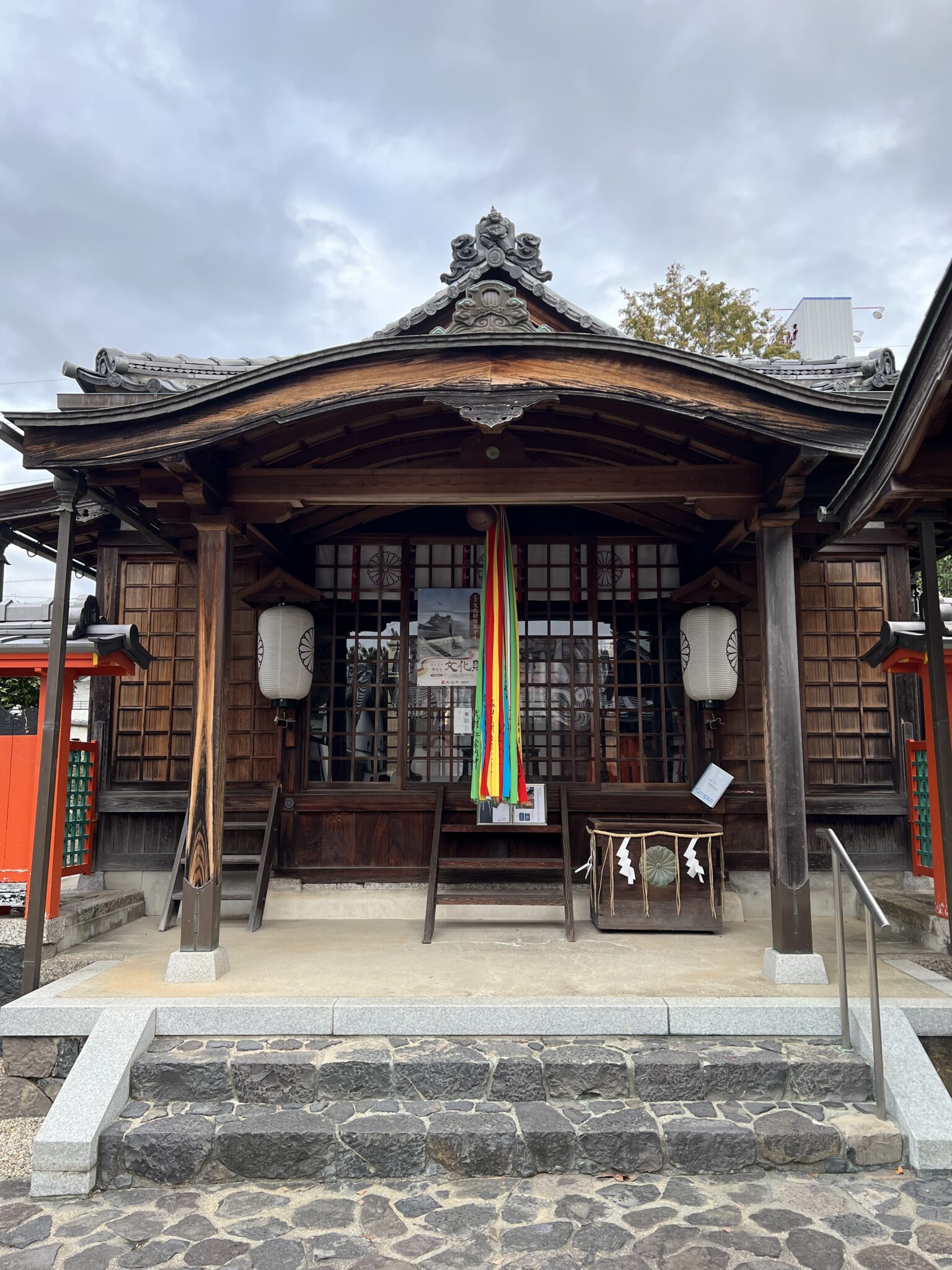
Prince Sawara’s Grave
Prince Sawara’s grave was initially made on Awaji Island, but even after his death, the curses upon Heian-kyō did not cease. In the 19th year of Enryaku (800), 15 years after his death, he was posthumously given the title of “Emperor Sudo” and a grave keeper was appointed, but the curses persisted. Therefore, in the 24th year of Enryaku (805), his remains were reburied in the province of Yamato, and a mausoleum called the Sudo Emperor Yashima Tomb was built to enshrine him.
In the reading of the divine names during the Shuni-e ceremony at the Nigatsu-dō Hall of Tōdai-ji, the first of the eleven vengeful spirits read out is “Yashima no Mitama” (the spirit of Yashima).
History
This Sudo Tenno Shrine was established in 806 by Crown Prince Ate, who became Emperor Heizei after the death of Emperor Kanmu. At that time, Emperor Heizei ordered the reading of the Diamond Sutra of Perfect Wisdom for seven days in the spring and autumn at national provincial temples (Kokubunji). This marked the beginning of the current Ohigan tradition.
Temple Ground
If you turn west at the signal at Kidera, you will immediately see a large stone monument inscribed with “Sudo Tenno Shrine” and a red torii gate on your left. A stone-paved approach extends far into the distance. The main hall is in the Kasuga-zukuri style with a cypress bark roof and is designated as an Important Cultural Property. It was the former hall of Wakamiya Shrine of Kasuga Taisha, relocated during a shikinen zōtai (regular shrine rebuilding) and bears a ridge tag dated November 4, 1623 (Genna 9).
The shrine is relatively quiet, with few visitors, and it is set back from the main street, creating a very peaceful space.
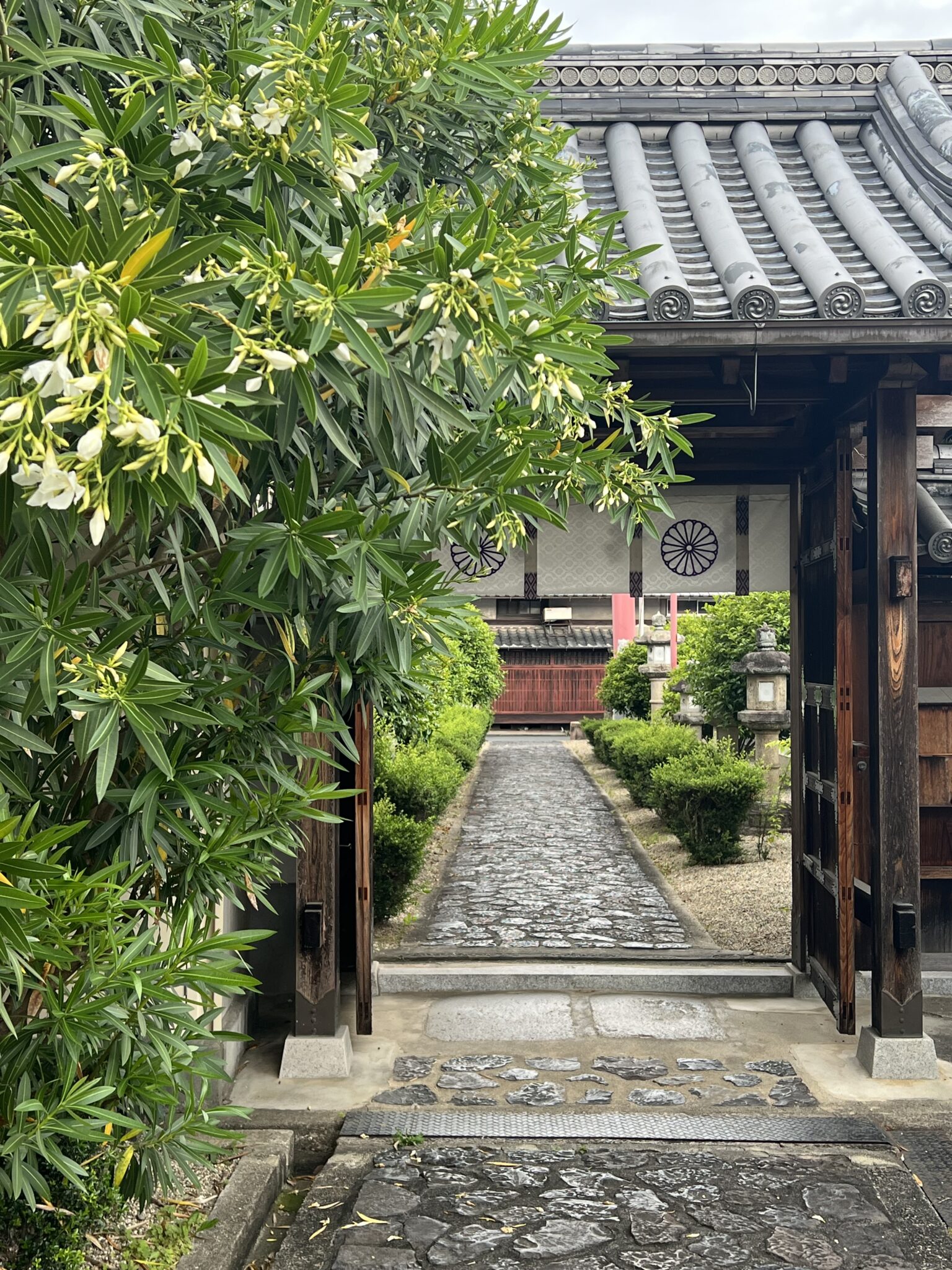
Devine Virtues
Dispelling of epidemics and disasters, health and longevity, family prosperity, business success, harmony, and happiness.
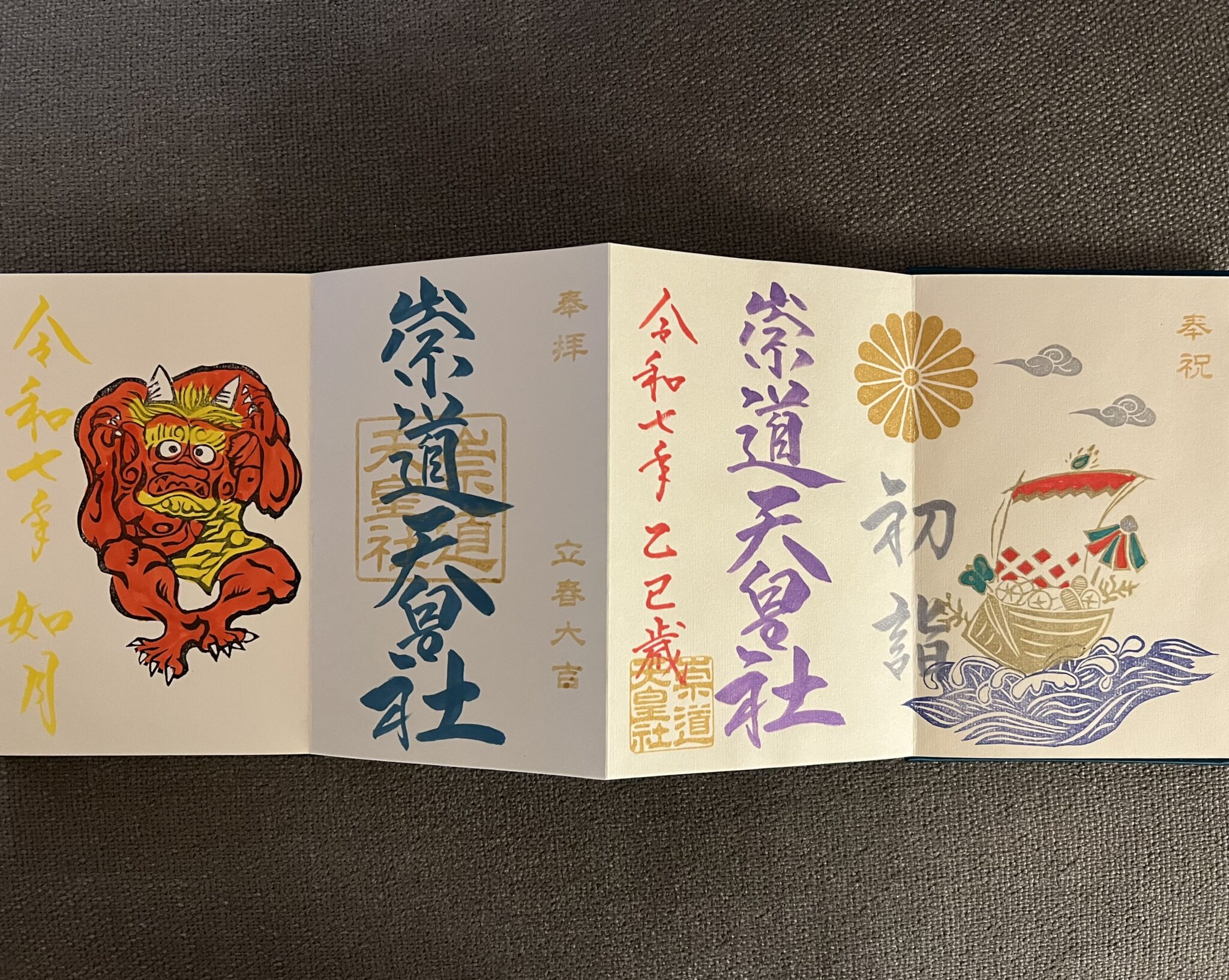
Access
From both JR Nara Station and Kintetsu Nara Station, take the city loop bus (outer loop) and get off at “Kidera-machi”; it’s a one-minute walk from there. Although it’s a bit of a distance, it might be nice to walk from Kintetsu Nara Station while visiting places like Goryō Shrine and Gango-ji Temple along the way.
40 Nisi-Kideramachi, Nara city
Tel/Fax: 0742-23-3416

